
Hãy nhập câu hỏi của bạn vào đây, nếu là tài khoản VIP, bạn sẽ được ưu tiên trả lời.


log2 2 vế ta có: x = 2log2x
<=> x - 2.log2x = 0
Đặt f(x) = x - 2.log2x
f'(x) = 1 - \(\dfrac{2}{x.ln2}\)
Dễ thấy f'(x) có 1 nghiệm duy nhất. Nên theo định lý Rolle: pt f(x) = 0 có tối đa 2 nghiệm phân biệt
Mà x = 2 và x = 4 là 2 nghiệm của pt f(x) = 0
Nên pt có tập nghiệm S = {2; 4}
Thi trắc nghiệm mà vẫn giải tự luận à


23.
Ta sẽ tìm điểm \(I\left(a;b;c\right)\) sao cho \(\overrightarrow{IA}+\overrightarrow{IB}+\overrightarrow{IC}+\overrightarrow{ID}=\overrightarrow{0}\) (1)
\(\left\{{}\begin{matrix}\overrightarrow{IA}=\left(-2-a;2-b;6-c\right)\\\overrightarrow{IB}=\left(-3-a;1-b;8-c\right)\\\overrightarrow{IC}=\left(-1-a;-b;7-c\right)\\\overrightarrow{ID}=\left(1-a;2-b;3-c\right)\end{matrix}\right.\)
\(\Rightarrow\overrightarrow{IA}+\overrightarrow{IB}+\overrightarrow{IC}+\overrightarrow{ID}=\left(-5-4a;5-4b;24-4c\right)\)
(1) thỏa mãn khi: \(\left\{{}\begin{matrix}-5-4a=0\\5-4b=0\\24-4c=0\end{matrix}\right.\) \(\Rightarrow\left\{{}\begin{matrix}a=-\dfrac{5}{4}\\b=\dfrac{5}{4}\\c=6\end{matrix}\right.\)
\(\Rightarrow I\left(-\dfrac{5}{4};\dfrac{5}{4};6\right)\)
Khi đó:
\(T=MA^2+MB^2+MC^2+MD^2=\left(\overrightarrow{MI}+\overrightarrow{IA}\right)^2+\left(\overrightarrow{MI}+\overrightarrow{IB}\right)^2+\left(\overrightarrow{MI}+\overrightarrow{IC}\right)^2+\left(\overrightarrow{MI}+\overrightarrow{ID}\right)^2\)
\(=4MI^2+IA^2+IB^2+IC^2+ID^2+2\overrightarrow{MI}\left(\overrightarrow{IA}+\overrightarrow{IB}+\overrightarrow{IC}+\overrightarrow{ID}\right)\)
\(=4MI^2+IA^2+IB^2+IC^2+ID^2\) (do \(\overrightarrow{IA}+\overrightarrow{IB}+\overrightarrow{IC}+\overrightarrow{ID}=\overrightarrow{0}\))
\(IA^2+IB^2+IC^2+ID^2\) cố định nên \(T_{min}\) khi \(MI_{min}\)
\(\Leftrightarrow M\) trùng I
\(\Rightarrow M\left(-\dfrac{5}{4};\dfrac{5}{4};6\right)\Rightarrow x+y+z=-\dfrac{5}{4}+\dfrac{5}{4}+6=6\)
24.
\(a+b=4\Rightarrow b=4-a\)
ABCD là hình chữ nhật \(\Rightarrow\overrightarrow{AB}=\overrightarrow{DC}\)
\(\Rightarrow C\left(a;a;0\right)\)
Tương tự ta có: \(C'\left(a;a;b\right)\)
M là trung điểm CC' \(\Rightarrow M\left(a;a;\dfrac{b}{2}\right)\)
\(\Rightarrow\left\{{}\begin{matrix}\overrightarrow{A'B}=\left(a;0;-b\right)=\left(a;0;a-4\right)\\\overrightarrow{A'D}=\left(0;a;-b\right)=\left(0;a;a-4\right)\\\overrightarrow{A'M}=\left(a;a;-\dfrac{b}{2}\right)=\left(a;a;\dfrac{a-4}{2}\right)\end{matrix}\right.\)
Theo công thức tích có hướng:
\(\left[\overrightarrow{A'B};\overrightarrow{A'D}\right]=\left(-a^2+4a;-a^2+4a;a^2\right)\)
\(\Rightarrow V=\dfrac{1}{6}\left|\left[\overrightarrow{A'B};\overrightarrow{A'D}\right].\overrightarrow{A'M}\right|=\dfrac{1}{6}\left|a\left(-a^2+4a\right)+a\left(-a^2+4a\right)+\dfrac{a^2\left(a-4\right)}{2}\right|\)
\(=\dfrac{1}{4}\left|a^3-4a^2\right|=\dfrac{1}{4}\left(4a^2-a^3\right)\)
Xét hàm \(f\left(a\right)=\dfrac{1}{4}\left(4a^2-a^3\right)\) trên \(\left(0;4\right)\)
\(f'\left(a\right)=\dfrac{1}{4}\left(8a-3a^2\right)=0\Rightarrow\left[{}\begin{matrix}a=0\left(loại\right)\\a=\dfrac{8}{3}\end{matrix}\right.\)
\(\Rightarrow f\left(a\right)_{max}=f\left(\dfrac{8}{3}\right)=\dfrac{64}{27}\)

a) \(I_1=\int\dfrac{dx}{x^2+2x+3}\)
\(=\int\dfrac{dx}{\left(x+1\right)^2+2}=\int\dfrac{d\left(x+1\right)}{\left(x+1\right)^2+\left(\sqrt{2}\right)^2}\)
\(=\dfrac{1}{\sqrt{2}}arctan\left(\dfrac{x+1}{\sqrt{2}}\right)+C\)
b) \(I_2=\int\dfrac{dx}{4x^2+4x+2}\)
\(=\int\dfrac{dx}{\left(2x+1\right)^2+1}=\dfrac{1}{2}\int\dfrac{d\left(2x+1\right)}{\left(2x+1\right)^2+1^2}\)
\(=\dfrac{1}{2}arctan\left(2x+1\right)+C\)

a) \(I_4=\int\dfrac{3x+5}{2x^2+x+10}dx\)
\(=\int\dfrac{\dfrac{3}{4}\left(4x+1\right)+\dfrac{17}{4}}{2x^2+x+10}dx=\dfrac{3}{4}\int\dfrac{\left(4x+1\right)dx}{2x^2+x+10}+\dfrac{17}{4}\int\dfrac{dx}{2x^2+x+10}\)
\(=\dfrac{3}{4}\int\dfrac{d\left(2x^2+x+10\right)}{2x^2+x+10}+\dfrac{17}{8}\int\dfrac{dx}{x^2+\dfrac{x}{2}+5}\)
\(=\dfrac{3}{4}\ln\left(2x^2+x+10\right)+\dfrac{17}{8}\int\dfrac{dx}{\left(x+\dfrac{1}{4}\right)^2+\dfrac{79}{16}}\)
\(=\dfrac{3}{4}\ln\left(2x^2+x+10\right)+\dfrac{17}{8}\int\dfrac{dx}{\left(x+\dfrac{1}{4}\right)^2+\dfrac{79}{16}}\)
\(=\dfrac{3}{4}\ln\left(2x^2+x+10\right)+\dfrac{17}{8}\int\dfrac{d\left(x+\dfrac{1}{4}\right)}{\left(x+\dfrac{1}{4}\right)^2+\left(\dfrac{\sqrt{79}}{4}\right)^2}\)
\(=\dfrac{3}{4}\ln\left(2x^2+x+10\right)+\dfrac{17}{8}.\dfrac{4}{\sqrt{79}}arctan\left(\dfrac{4x+1}{\sqrt{79}}\right)+C\)
\(=\dfrac{3}{4}\ln\left(2x^2+x+10\right)+\dfrac{17}{2\sqrt{79}}arctan\left(\dfrac{4x+1}{\sqrt{79}}\right)+C\)
b) \(I_5=\int\dfrac{4x-1}{6x^2+9x+4}dx\)
\(=\int\dfrac{\dfrac{1}{3}\left(12x+9\right)-4}{6x^2+9x+4}dx\)
\(=\dfrac{1}{3}\int\dfrac{\left(12x+9\right)dx}{6x^2+9x+4}-4\int\dfrac{dx}{6x^2+9x+4}\)
\(=\dfrac{1}{3}\int\dfrac{d\left(6x^2+9x+4\right)}{6x^2+9x+4}-4\int\dfrac{dx}{\left(3x+1\right)^2+3}\)
\(=\dfrac{1}{3}\ln\left(6x^2+9x+4\right)-\dfrac{4}{3}\int\dfrac{d\left(3x+1\right)}{\left(3x+1\right)^2+\left(\sqrt{3}\right)^2}\)
\(=\dfrac{1}{3}\ln\left(6x^2+9x+4\right)-\dfrac{4}{3}.\dfrac{1}{\sqrt{3}}arctan\left(\dfrac{3x+1}{\sqrt{3}}\right)+C\)




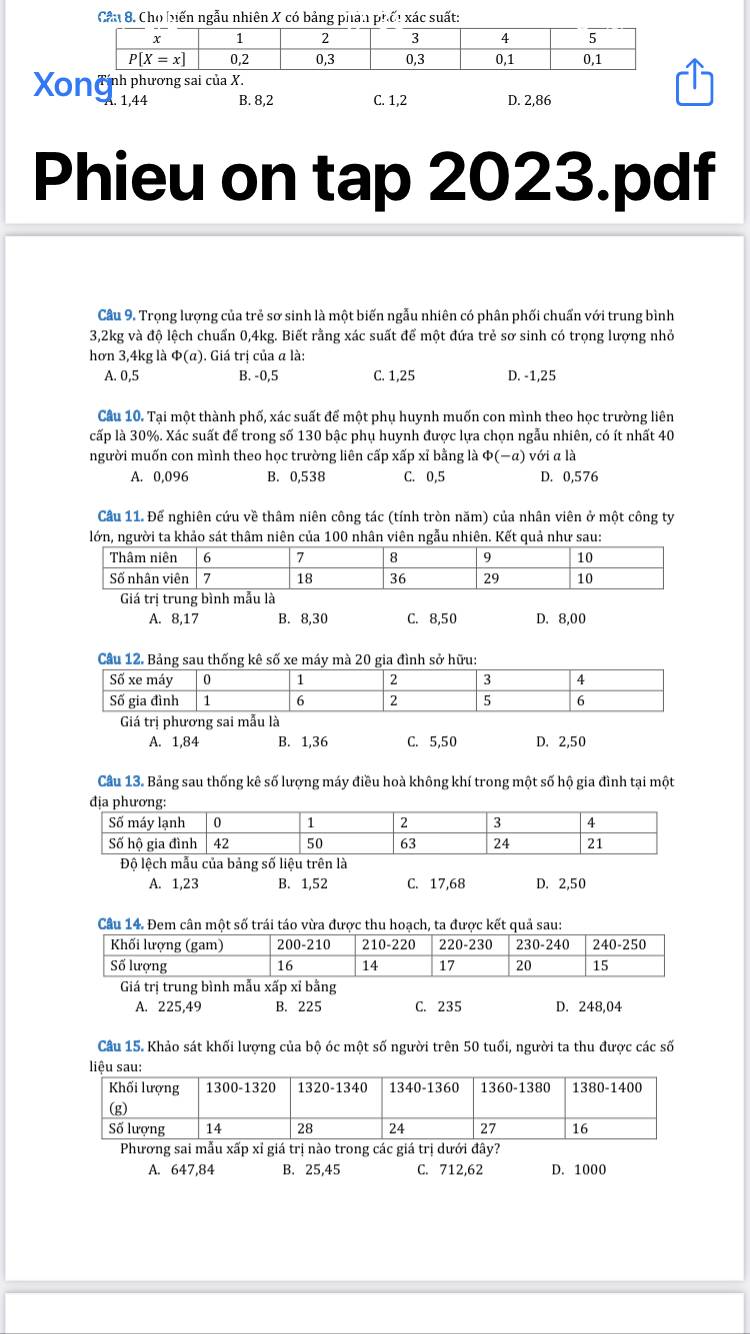
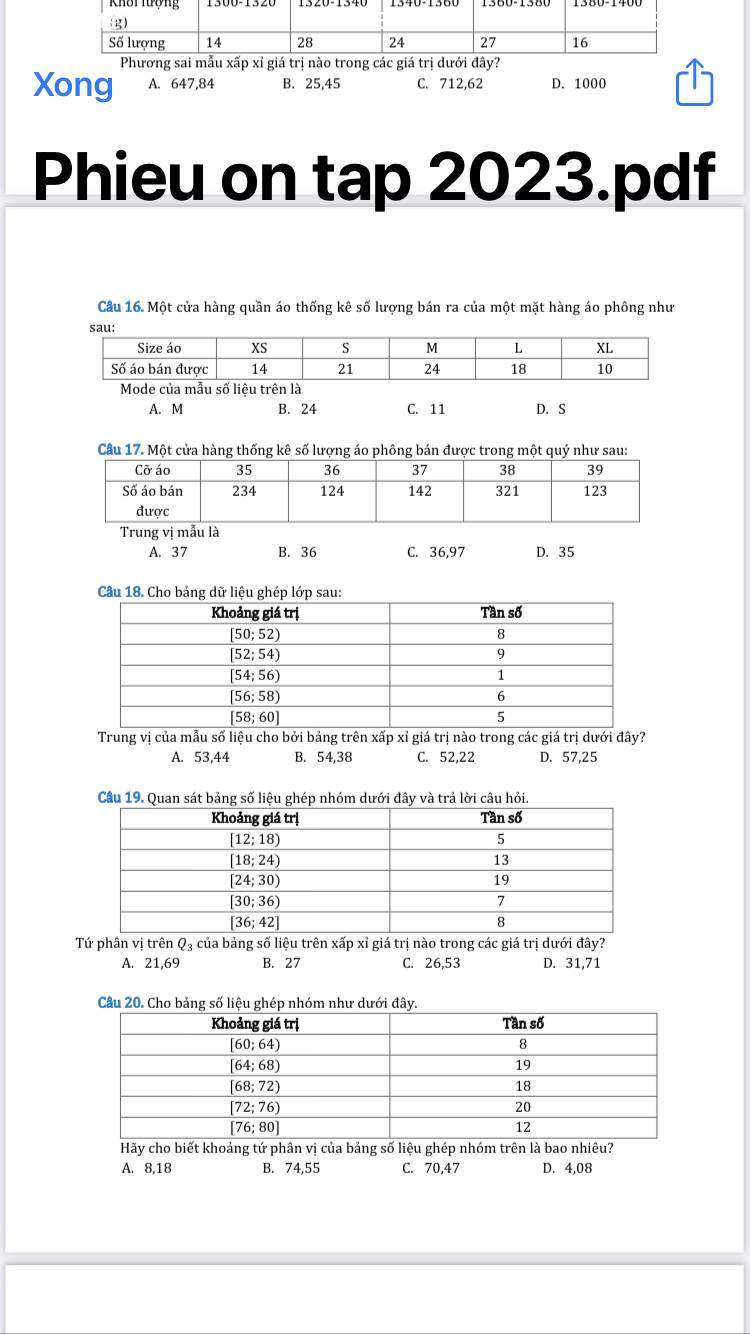







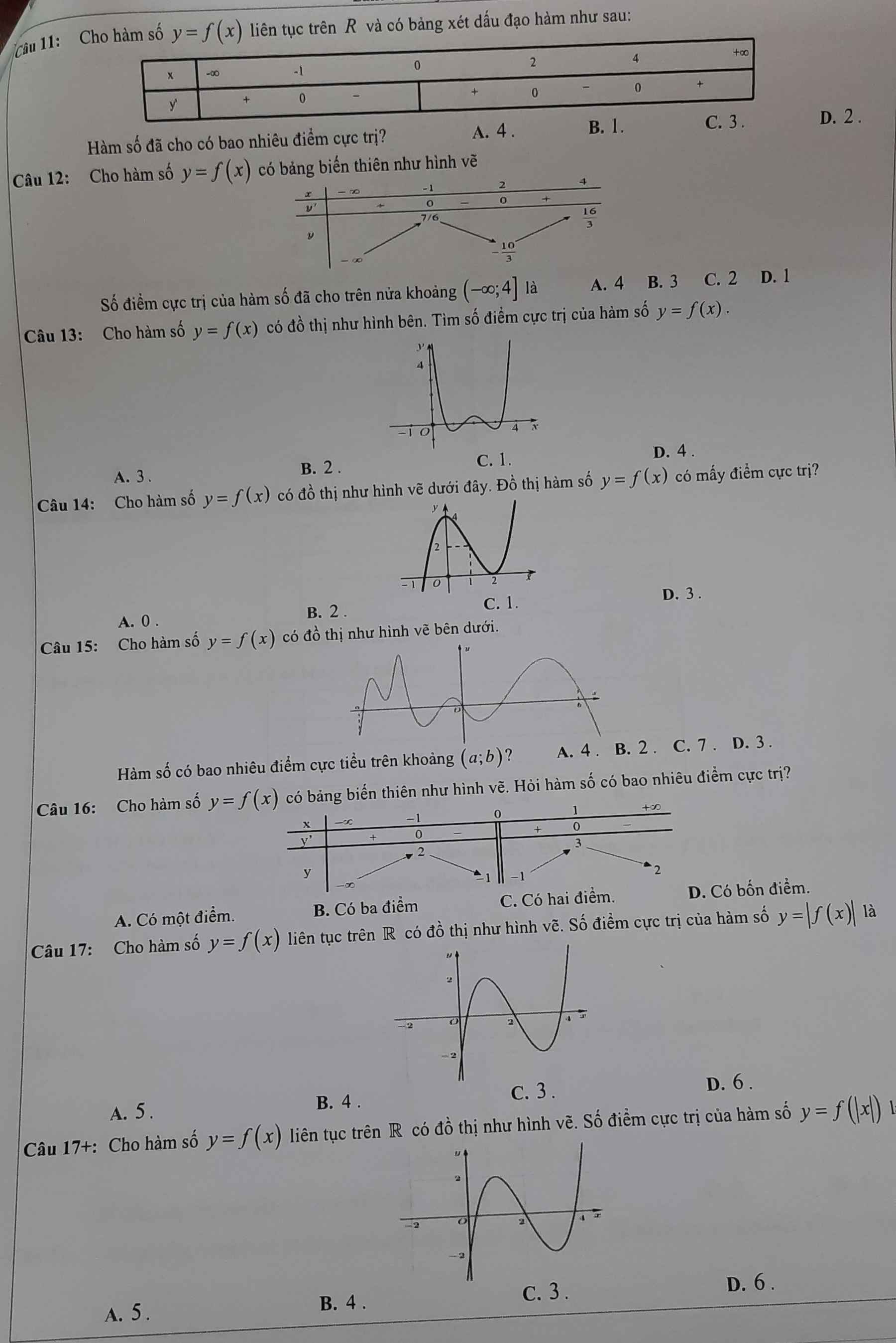
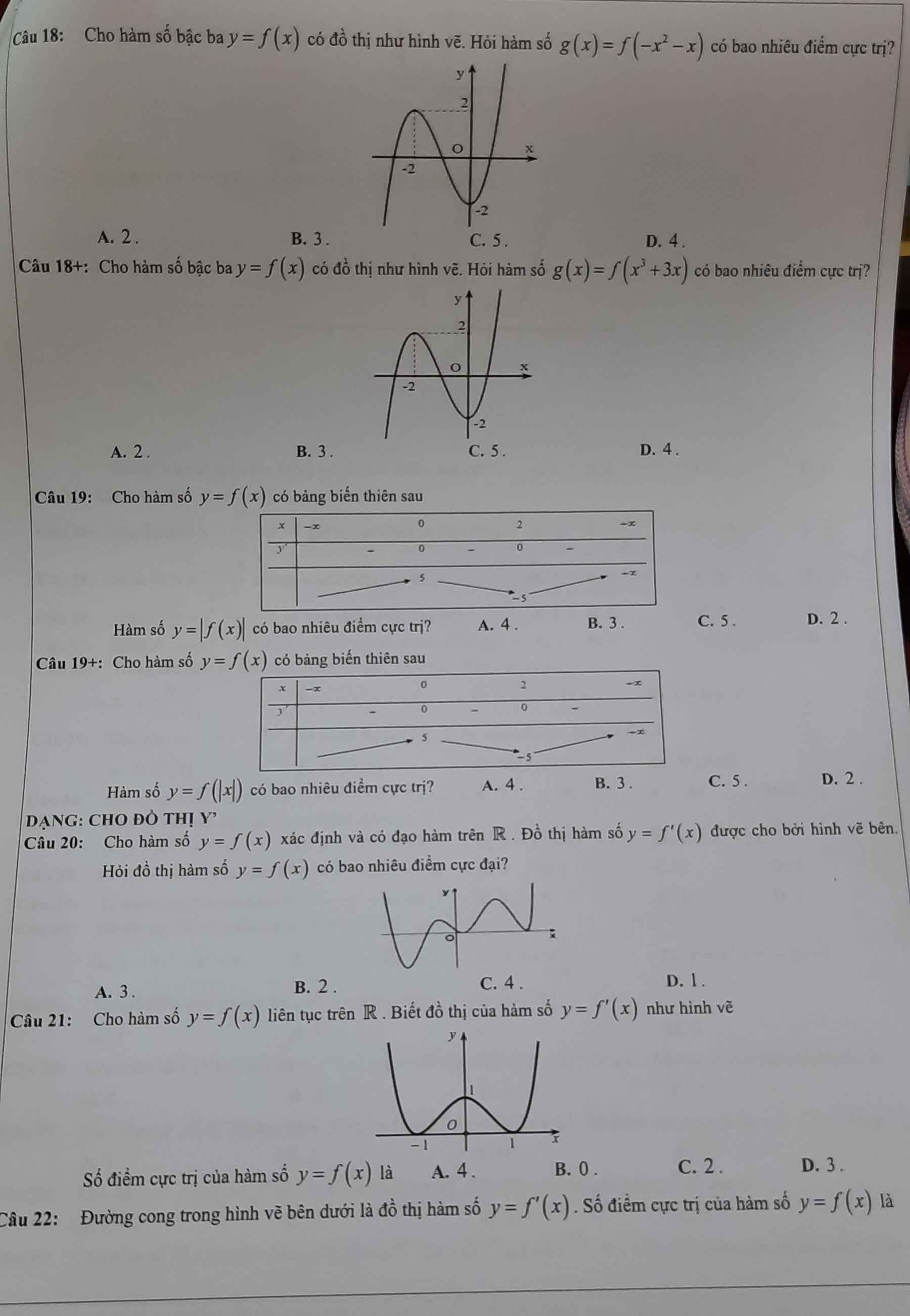
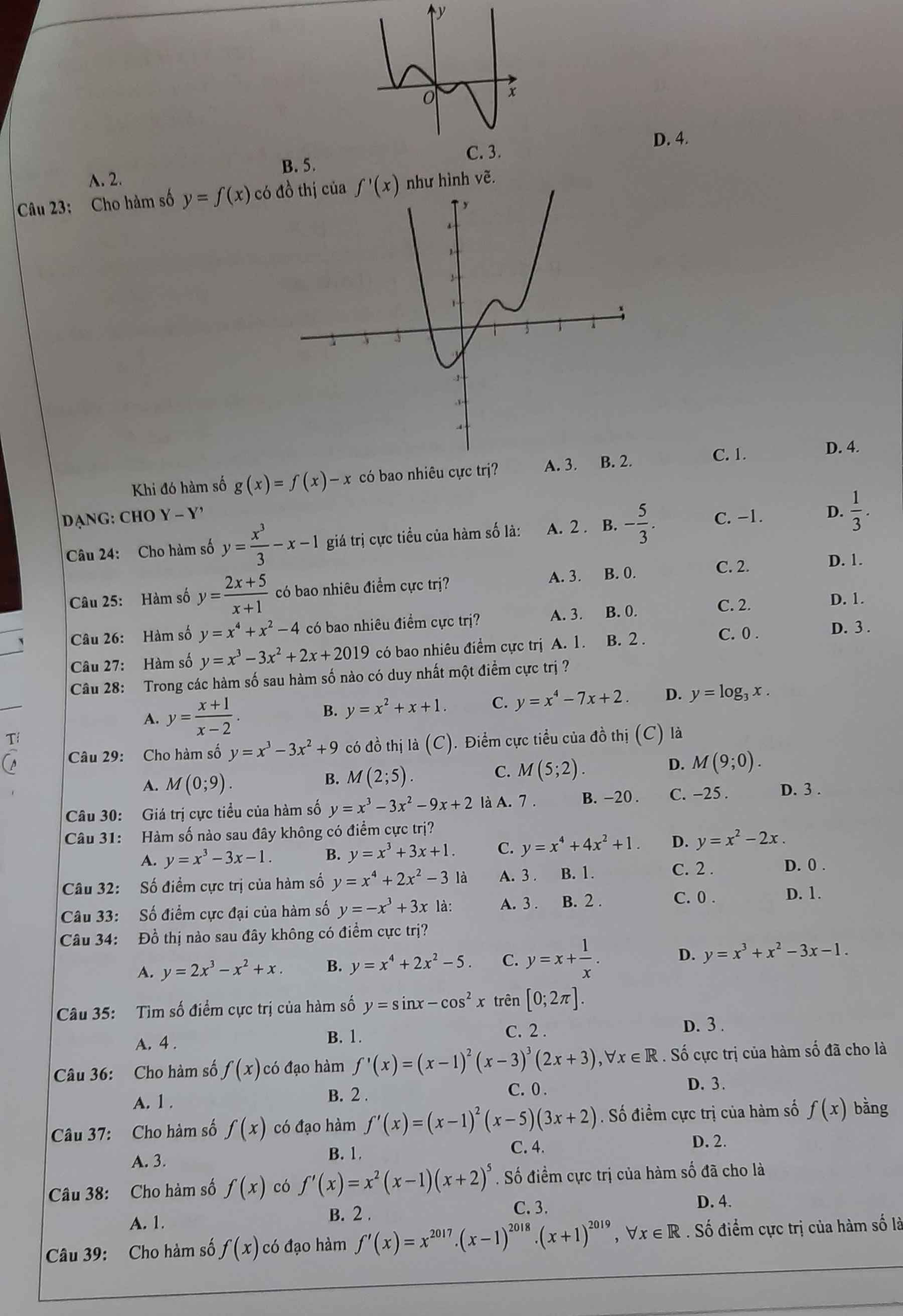
d nhận \(\overrightarrow{u}=\left(1;-1;2\right)\) là 1 vtcp và (P) nhận \(\overrightarrow{n}=\left(1;2;-2\right)\) là 1 vtpt
Ta có: \(\overrightarrow{a}=\left[\overrightarrow{u};\overrightarrow{n}\right]=\left(-2;4;3\right)\)
\(\Rightarrow\left[\overrightarrow{a};\overrightarrow{n}\right]=\left(-14;-1;-8\right)=-1\left(14;1;8\right)\)
Phương trình d dạng tham số: \(\left\{{}\begin{matrix}x=t\\y=-t\\z=2t+1\end{matrix}\right.\)
Gọi M là giao điểm d và (P), tọa độ M thỏa:
\(t+2\left(-t\right)-2\left(2t+1\right)+2=0\Rightarrow t=0\Rightarrow M\left(0;0;1\right)\)
Hình chiếu vuông góc của d lên (P) nhân (14;1;8) là 1 vtpt và đi qua M nên có dạng:
\(\dfrac{x}{14}=\dfrac{y}{1}=\dfrac{z-1}{8}\)